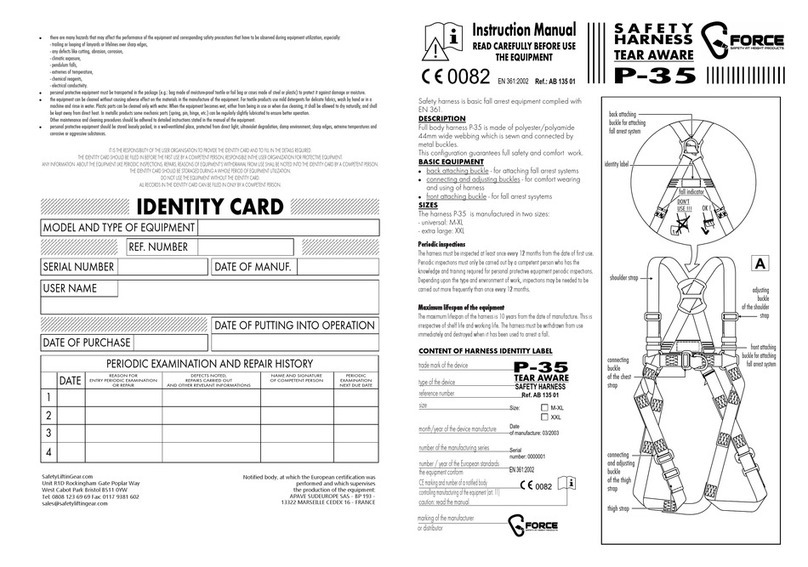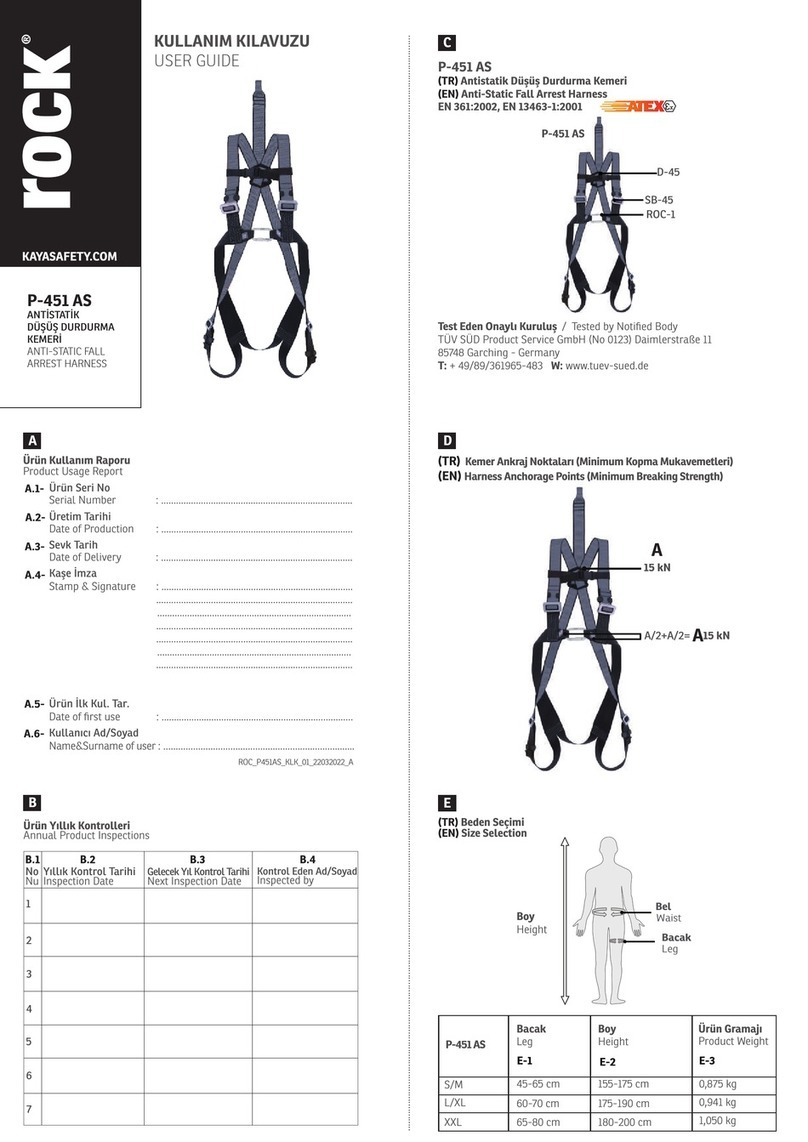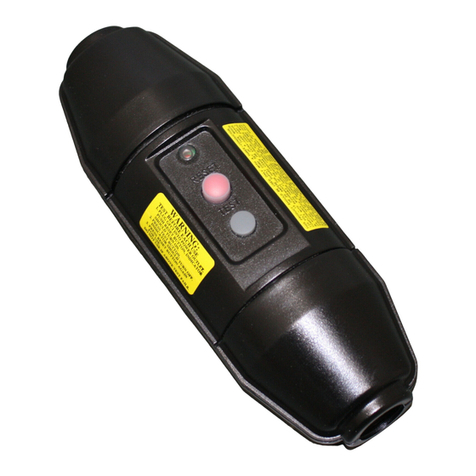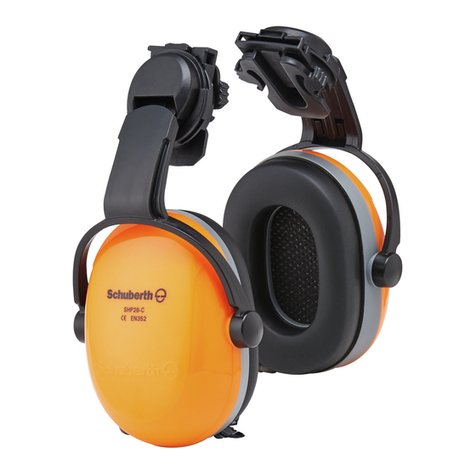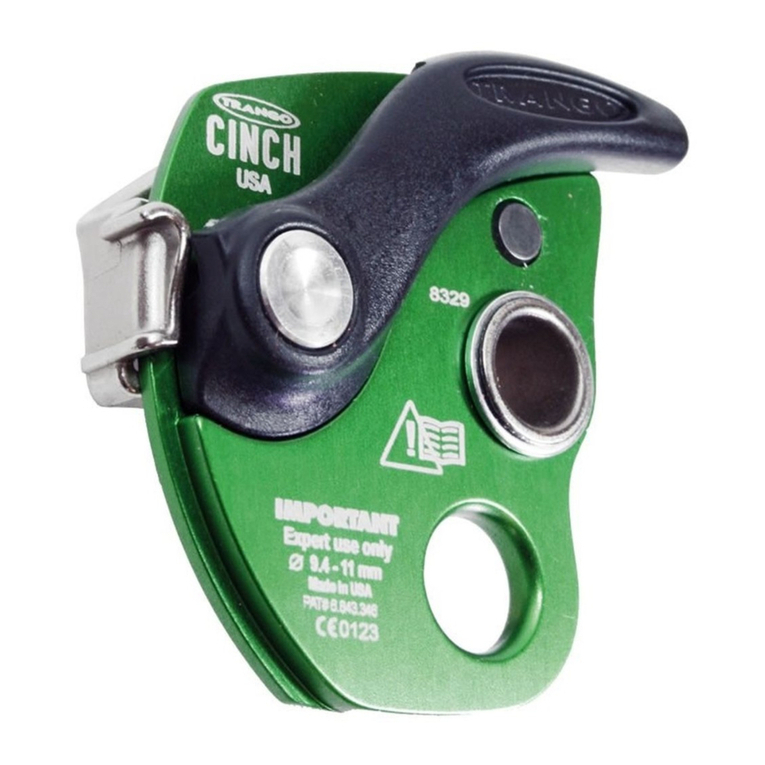
▪Never operate the pressure booster system without the fluid to be handled.
▪Observe the information on minimum flow rates specified in the product
literature (to prevent overheating, bearing damage, etc).
▪Observe the information on maximum flow rates specified in the product
literature (to prevent overheating, mechanical seal damage, cavitation damage,
bearing damage, etc).
▪Do not throttle the flow rate on the suction side of the pressure booster system
(to prevent cavitation damage).
▪Consult the manufacturer about any other modes of operation not described in
the product literature.
Prevention of foreseeable misuse
▪Never exceed the permissible operating limits (pressure, temperature, etc.)
specified in the product literature.
▪Observe all safety information and instructions in this manual.
2.4 Personnel qualification and training
All personnel involved must be fully qualified to install, operate, maintain and
inspect the machinery this manual refers to.
Personnel responsibilities, competence and supervision must be clearly defined by the
operator for installation, operation, maintenance and inspection.
Deficits in knowledge must be rectified by sufficiently trained specialist personnel
training and instructing the personnel who will carry out the respective tasks. If
required, the operator can commission the manufacturer/supplier to train this
personnel.
Training on the system must always be supervised by the technical specialist
personnel.
2.5 Consequences and risks caused by non-compliance with this manual
▪Non-compliance with this operating manual will lead to forfeiture of warranty
cover and of any and all rights to claims for damages.
▪Non-compliance can, for example, have the following consequences:
– Hazards to persons due to electrical, thermal, mechanical and chemical
effects and explosions
– Failure of important product functions
–Failure of prescribed maintenance and servicing practices
– Hazard to the environment due to leakage of hazardous substances
2.6 Safety awareness
In addition to the safety information contained in this manual and the intended use,
the following safety regulations shall be complied with:
▪Accident prevention, health and safety regulations
▪Explosion protection regulations
▪Safety regulations for handling hazardous substances
▪Applicable standards, directives and laws
2.7 Safety instructions for the operator/user
▪The operator shall fit contact guards for hot, cold and moving parts and check
that the guards function properly.
▪Do not remove any contact guards during operation.
▪Provide the personnel with protective equipment and make sure it is used.
2 Safety
8 of 40 Surpress Feu SFE.3











